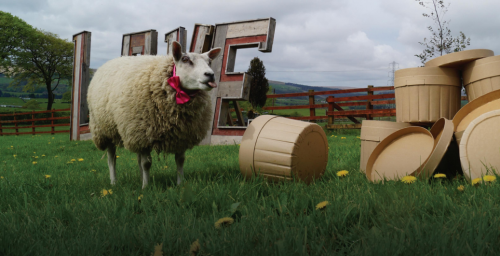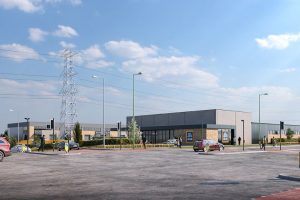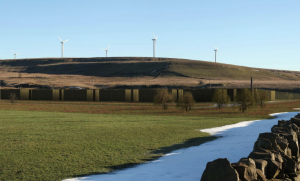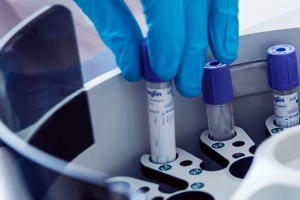Edible feed packaging developed by Stockport innovator

A Stockport-headquartered company has developed a ‘world-first’ edible packaging solution for use in agricultural industries.
Fibrestar Drums worked alongside the GM Business Growth Hub’s Innovation team to solve a lasting sector problem – ever-accumulating plastic waste and how to dispose of it – by creating Nestub, a fully biodegradable and edible packaging solution for animal feed.
The £8 million turnover business provides industrial packaging for chemical and pharmaceutical markets. ‘Nestub’ has been designed to compete with and eventually replace plastic counterparts in agriculture.
Giulia Bonito, Product Manager at Fibrestar Drums, said: “One day, we got a phone call from the biggest animal feed manufacturers in the UK and they told us that they were using plastic containers for their feed, but were desperate for a more environmentally-friendly option.
“Disposing of their existing packaging was an issue for their farming customers, with many of the plastic tubs ending up either burned or buried or lost in the fields. We’d never served the agriculture sector before, but we’re always looking at ways to improve. So, we listened to what they had to say and then went away and tried to see how we could move into this new area.”
An initial concern was that Fibrestar’s traditional drums were tubular and are stacked one of top of the other, but the agricultural producers needed ‘nested’ tubs that could be stored one inside the other to maximise warehousing space and keep transport costs low.
The company had help from the Innovation team at GM Business Growth Hub and from Manchester Metropolitan University’s special materials department, the University of Salford’s robotics department, and from Liverpool John Moores University and Lancaster University.
Bonito adds: “Talking to the Innovation team at the Growth Hub changed everything for us. We set up some meetings, they listened to our situation and made sure they really understood the challenges we were facing and what we wanted to achieve. Then they worked with us to drive things forward, getting the universities involved to provide technical expertise.
“The result of all this was that we were able to create a 3D model that we could take to the animal feed industry and say ‘This is a design we can make out of fibreboard, these are its specifications, here are the results of the durability testing and here’s a CO2 comparison report.’”
Once prototypes were developed, real life testing found that by using the packaging to store feed meant that it became tasty for animals, and the chemical free construction meant that it was easily digestible.








